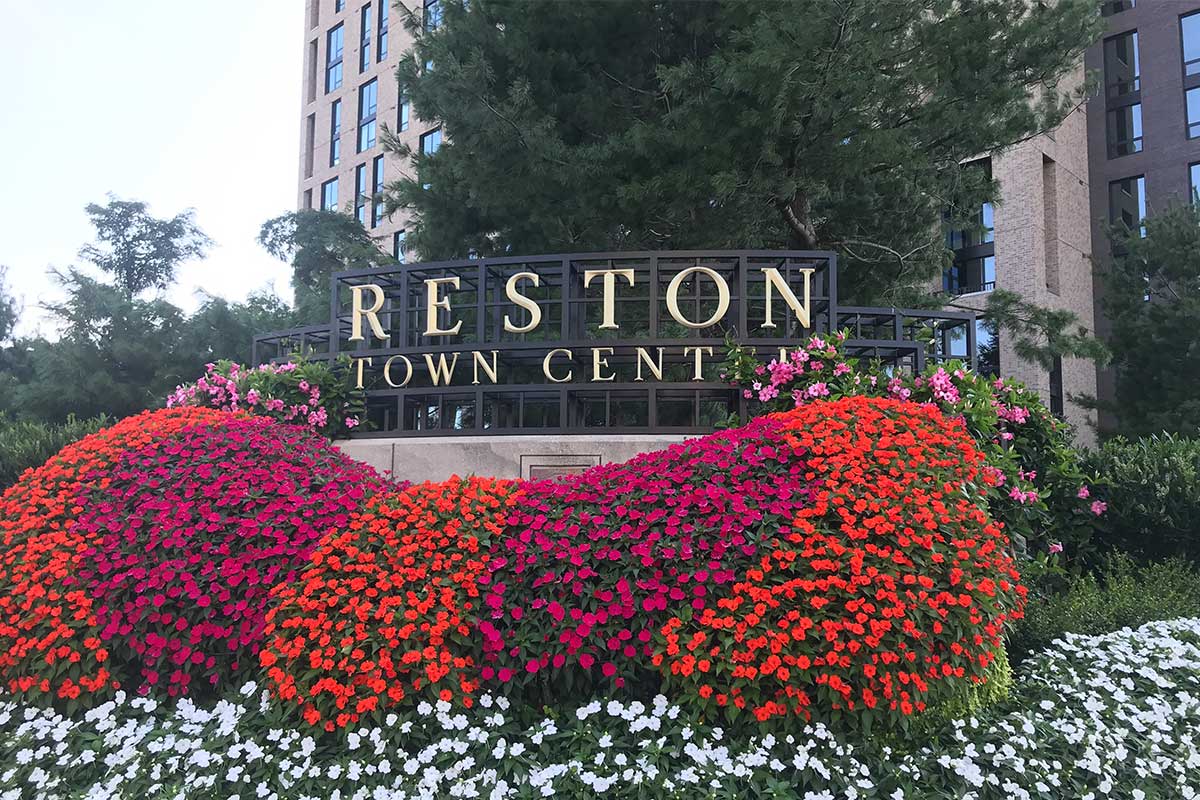The Unseen Dangers of Creosote in Reston, VA: A Closer Look
Creosote is a common substance that many homeowners in Reston, VA may unknowingly come into contact with, especially during the colder months of the year. It is a byproduct of burning wood in fireplaces and wood stoves and is a dangerous substance that can have serious health and safety implications if not dealt with properly. As it accumulates in your chimney, creosote can pose a significant fire risk, as well as being detrimental to your health. Therefore, understanding the dangers of creosote and how to manage it is essential for homeowners in Reston, VA.
Creosote: What Is It?
Creosote is a dark, oily residue that accumulates in chimneys as a result of burning wood. When wood is burned, it produces several byproducts, including smoke, water vapor, gases, unburned wood particles, hydrocarbon, tar fog, and minerals. As these substances exit the fireplace or wood stove, they flow up into the relatively cooler chimney where condensation occurs. The resulting residue that sticks to the inner walls of the chimney is creosote.
The Dangers of Creosote
Creosote is highly combustible. When it builds up in the chimney, it poses a significant fire hazard. If the temperatures in the chimney get high enough, or if an ember reaches the creosote, it can ignite, causing a dangerous chimney fire.
Creosote fires can be explosive and intense, often spreading rapidly to other parts of the home. In fact, the Chimney Safety Institute of America (CSIA) reports that even a small accumulation of creosote – as little as 1/8 inch – is enough to cause a chimney fire.
In addition to the fire risk, creosote also poses health risks. Prolonged exposure to creosote can lead to skin and eye irritation and, in more severe cases, respiratory issues. The International Agency for Research on Cancer (IARC) has classified creosote as a probable human carcinogen.
Creosote Accumulation and Removal
Several factors contribute to creosote buildup. These include the type of wood burned, the temperature of the fire, and the construction and condition of the chimney. For example, burning unseasoned wood can lead to more creosote than burning seasoned wood. A cooler fire, such as one from a slow-burning fire or a drafty stove, also contributes to more creosote buildup.
Creosote removal is not a DIY job. It requires professional chimney services like those offered by “A&T Chimney Sweeps fireplace, furnace, dryer vent, gutter cleaning and repair services in Reston VA”. These professionals have the necessary equipment and expertise to remove creosote safely and efficiently.
Preventing Creosote Buildup
Prevention is always better than cure. Here are a few tips to minimize creosote buildup in your chimney:
1. Burn only seasoned wood: Seasoned wood has been dried for at least six months and has a moisture content of 20% or less.
2. Keep your fire hot: A hot fire results in less creosote than a cooler, smoldering fire.
3. Regular chimney inspections and cleaning: Have your chimney inspected and cleaned at least once a year by a professional chimney service.
4. Install a chimney cap: This prevents water from entering your chimney, which can mix with soot and create creosote.
FAQs
1. How often should I have my chimney cleaned to prevent creosote buildup?
The National Fire Protection Association recommends having your chimney inspected at least once a year and cleaned as necessary.
2. Can creosote buildup be prevented?
While it’s impossible to prevent creosote entirely, its buildup can be minimized by burning only seasoned wood, maintaining a hot fire, and having regular chimney inspections and cleanings.
3. What are the signs of a chimney fire?
Signs of a chimney fire include a loud, crackling or popping noise, a lot of dense smoke, and an intense, hot smell.
4. How can I tell if there’s creosote in my chimney?
A professional chimney sweep can determine the amount and type of creosote in your chimney during an inspection.
5. Is creosote harmful to the environment?
Creosote is considered a pollutant and can harm the environment if it’s not disposed of properly.
The unseen dangers of creosote in Reston, VA, are real and significant. Homeowners must remain vigilant about creosote buildup in their chimneys and take the necessary steps to prevent and remove it. A&T Chimney Sweeps can help ensure your chimney is safe and creosote-free, protecting your home and your health.








